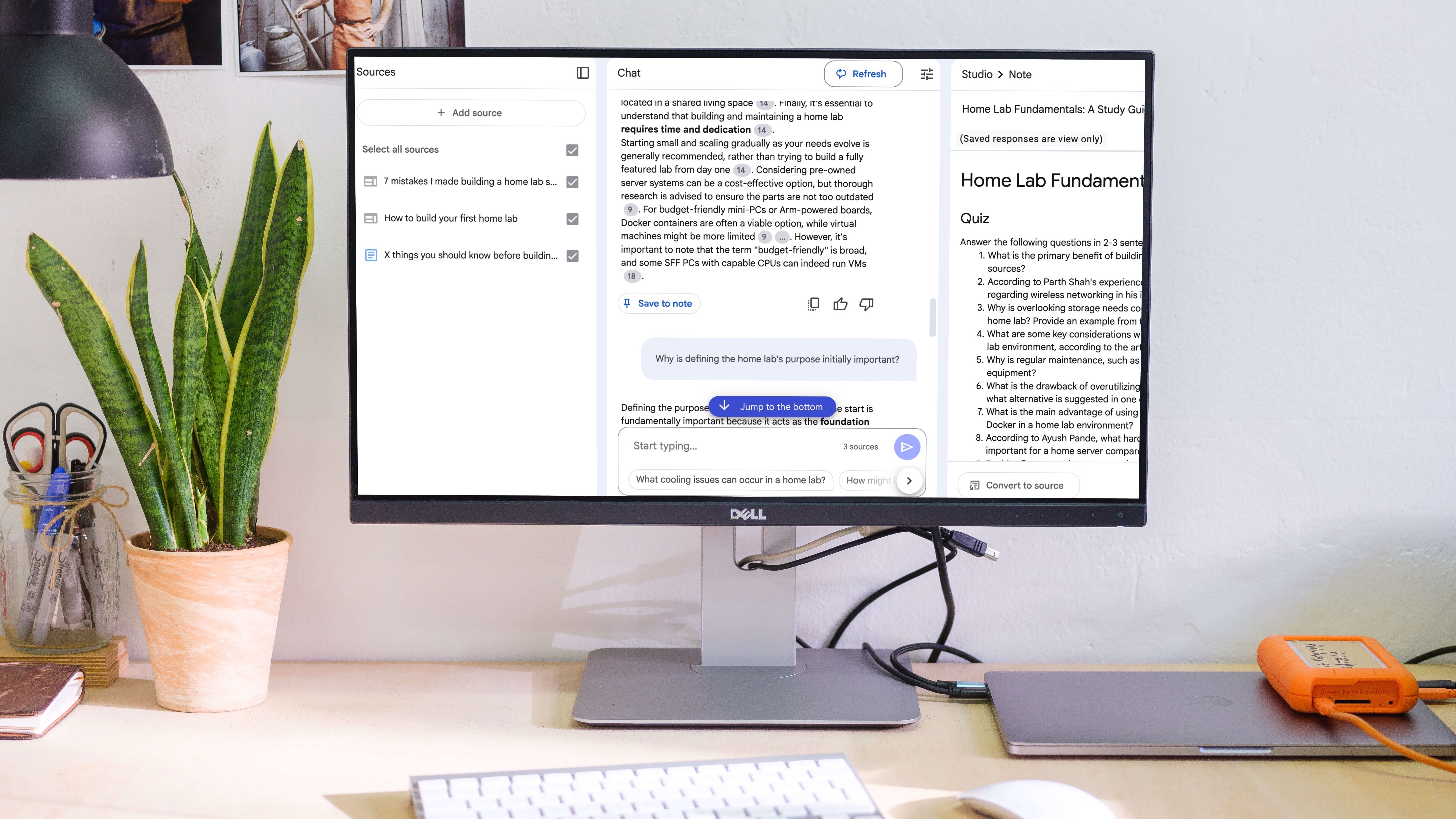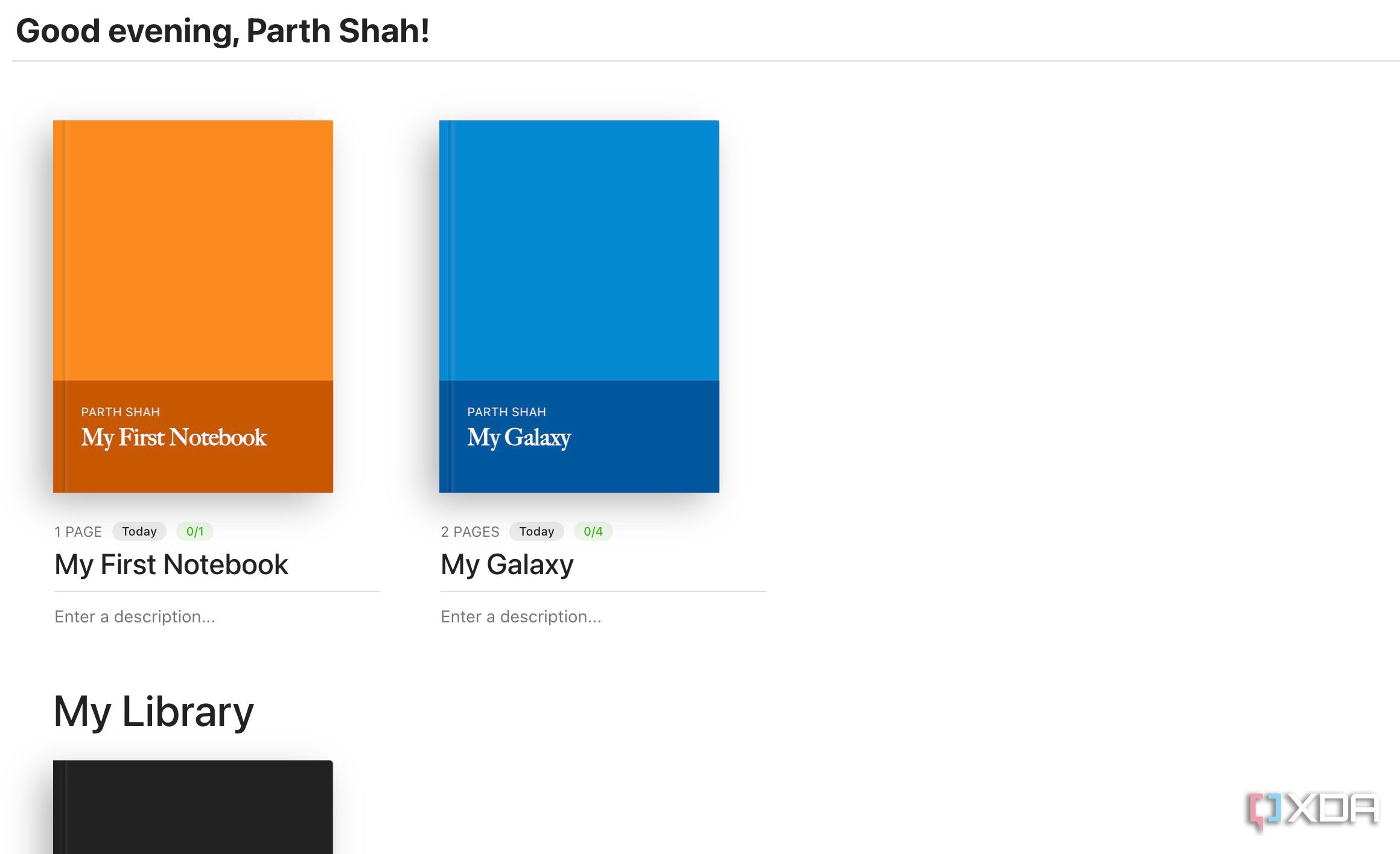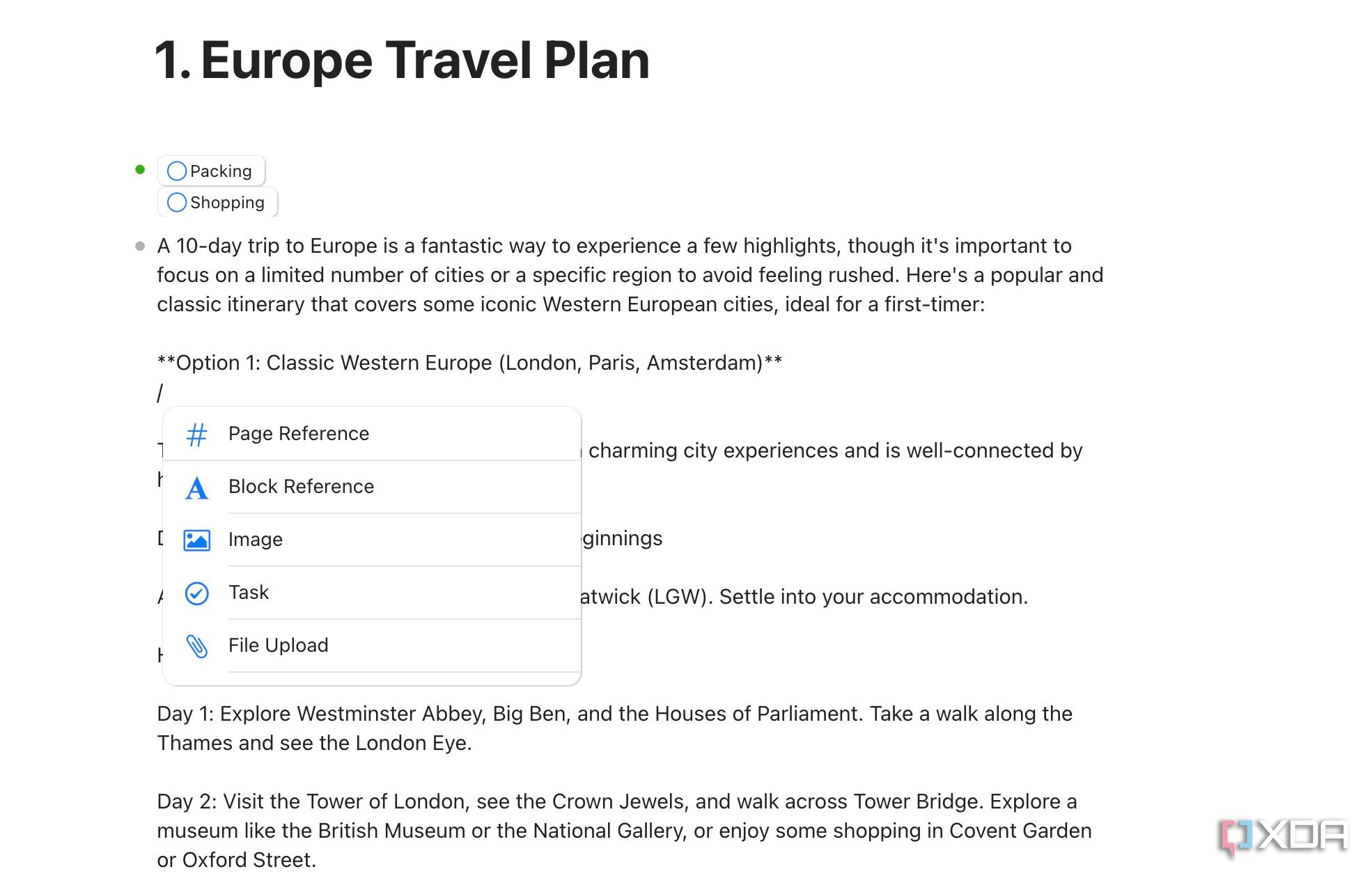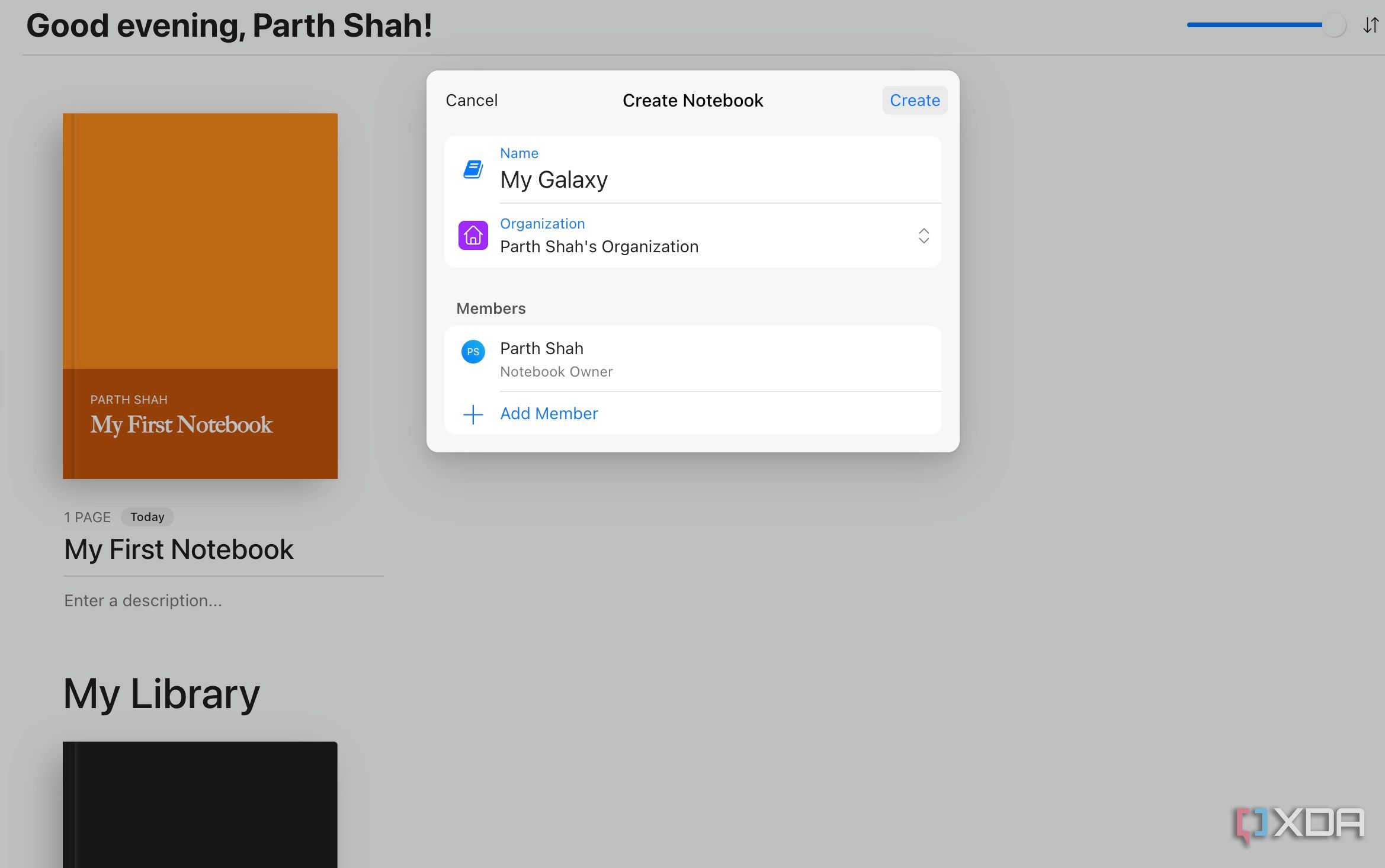There are a bunch of knowledge management tools out there. Each promises to be the ultimate solution. From outlining tools and rich databases to traditional note-taking apps, I have bounced between them all. However, I couldn’t find a system that could keep pace with my thoughts or understanding. That was until I discovered Hypernotes.
Before you dismiss it as another note-taking application, hear me out. Thanks to its built-in task management, outline approach, graphs, annotation, offline support, and robust cross-platform availability, Hypernotes has replaced every PKM app on my desktop and phone.
Related
7 tips for creating the perfect Personal Knowledge Management (PKM) system
Essential ways to craft a powerful PKM system
Cross-platform availability
Mobile apps are robust
Since I have a MacBook, Windows desktop, Pixel 8, and an iPhone 15 Pro Max in my workflow, cross-platform availability is an important factor for me. Unlike many PKM tools, Hypernotes offers native applications for virtually every operating system.
What sets Hypernotes apart, especially from rivals like Notion and Evernote, is that their mobile apps are also native, not just web wrappers. If you have ever used a web wrapper app on your phone, you know the struggle. Whether I’m on my Pixel 8 or iPad Pro, the apps are fast, fluid, and responsive.
Gets the basics right
You won’t have a hard time switching from an existing tool
As someone who prioritizes speed and efficiency in note-taking, Markdown support is non-negotiable for me. Hypernotes embraces Markdown fully and allows me to format my notes consistently without ever taking my hands off the keyboard.
Bi-directional linking is another crucial part of any PKM system. Whenever I create a new page or even a specific block of text within a page, I can link it to other relevant notes.
For example, if I’m writing about ‘Artificial Intelligence’ and mention ‘Machine Learning’, I can type #[[Machine Learning]], and Hypernotes automatically creates a link. The magic is that this link works in both directions. Such an approach automatically builds a semantic network of my knowledge.
And just like Obsidian, the graph view in Hypernotes is more than pretty visual. With a single click, I can see a visual representation of all my notes and the relationship between them. I can zoom in, pan around, and even filter it to focus on specific topics.
Then there are daily pages that have become my daily scratchpad and a central hub for short-form entries. The real power comes from how seamlessly these daily notes integrate with the rest of my knowledge base.

Related
Forget Notion and Obsidian, 5 reasons Google’s AI note-taking tool is the future of productivity
NotebookLM is your next productivity powerhouse
Outline style knowledge management
You have got to try it
At its heart, Hypernotes structures everything around blocks. Each line, paragraph, or even an embedded image or file is its own block. This might sound simple, but it’s powerful.
I can easily indent blocks to create a clear hierarchical structure, just like a traditional outline. For instance, if I’m researching a new project, I might start with a top-level heading for the project name, and then indent to sub-sections for Research, Planning, and Execution.
Under Research, I can further delve into specific areas like Market Trends, User Interviews, Competitor analysis, and more. I can collapse and expand sections to focus on specific parts of my notes and make long documents less intimidating.
Annotation and drawing are a neat touch
Along with a built-in task management
I have often found myself needing to add a quick sketch, highlight a specific section of an image, or scribble a thought directly onto a document. In most apps, I have to use another app to get the job done. With Hypernotes, it’s seamless.
I can easily add drawings and graphical annotations directly to any file I have embedded. Built-in task management is one of the impactful features for my workflow.
Many knowledge management apps are great for collecting information, but they leave you hanging when it comes to acting on that information. With Hypernote, I can add a task directly to any notebook, page, or even a block.
Within each task, I can add relevant details like due date, reminder, add a member, attachments, notes, and even tags. Your team members can even leave a comment if you have shared the page with others.
Offline mode
Even in the web version
Unlike Notion, I can access and edit all my notes even when I’m completely offline. Whether I’m on a long flight, traveling to remote areas, or simply experiencing an internet outage at home, my knowledge base remains fully functional.
I can create new notes, update existing ones, add tasks, and even rearrange my outlines without a hitch. The sync process is also fast between my devices.
Beyond Notion, Confluence, and Evernote
I have tried everything – from new-age solutions like Notion, Obsidian, and Capacities to traditional tools like Evernote, Apple Notes, and Bear Notes. However, they all felt limiting in one way or the other. I had to rely on several apps to complete my PKM setup. However, Hypernotes hits different.
It covers all the basics and offers a semantic network where ideas are not just stored, but connected and understood. As expected, it does come with a price tag. There is a free plan, but it’s limited to creating two notebooks only. You need to subscribe to the Plus plan (at $ 9.32 per month) to unlock its full potential. Once you get started, check out these tips to turn note-taking overload into an efficient PKM system.






